As part of our ongoing series of interviews with contemporary female writers, Millie Walton speaks to Lauren Elkin about her most recent book Art Monsters: Unruly Bodies in Feminist Art.
Elkin’s previous publications include No. 91/92: Notes on a Parisian Commute and Flâneuse: Women Walk the City, which was a finalist for the 2018 PEN/Diamonstein-Spielvogel Award for the Art of the Essay. She is also the UK translator of Simone de Beauvoir’s previously unpublished novel The Inseparables. Before all of that, she worked as an actor, a singer, a piano accompanist, a copywriter, a barista and a birthday party entertainer at Chuck E. Cheese. Here, she discusses becoming a writer, why she doesn’t read reviews and how her new book came into being.
When did you begin to consider yourself a writer?
That’s a very good question! It came on kind of slowly – somewhere between starting grad school and publishing Flâneuse in 2016. I’m sure it was when I felt I was regularly writing and having my work published; not even necessarily earning much money from it, just sharing my work and being read. In that sense it emerged from a time in which I had a daily writing practice and felt myself to be part of a community of writers and readers.
What was the starting point for Art Monsters?
The death of my PhD advisor, Jane Marcus, in 2015. She was a radical feminist critic and historian, as well as a polarising personality in academia. Those who loved her, adored her, but she wasn’t everyone’s cup of tea. Nevertheless, she was one of the major voices in American literary criticism who completely upended the way we read Virginia Woolf in the academy, not as some stuffy upper-crust Bloomsbury snob but as a feminist, socialist and pacifist. Jane edited the first US edition of Three Guineas (1938) to re-instate the photographs which had been deleted from earlier editions because they were thought too inflammatory.
When Jane died, I was gutted, and I wanted to do something after Flâneuse that would be worthy of her memory, of everything she’d taught me, something fiercely feminist. Three Guineas was Woolf’s attempt to avert the Second World War, written in the midst of the Spanish Civil War, in which her nephew died; it was a feminist call to annihilate patriarchal culture and to rebuild something more just in its place. Because of the way Woolf brought together feminism, socialism, and pacifism, she was roundly criticized when the book came out; none of her friends liked it and EM Foster, after her death, referred to Woolf’s feminism as ‘spots’ that marred her work. Jane called Three Guineas ‘her war book.’
I wanted to write my own war book, without necessarily writing directly about war; I wanted to write about women’s right to claim space in the world, and this idea of the art monster, which had stuck with me since I’d read Jenny Offill’s Dept. of Speculation, felt like the right place to start. Woolf’s writing of Three Guineas seemed to me the epitome of an ethics and an aesthetics that united art and monstrosity. So, I started drafting that chapter, and went on from there. And real life just kept giving me material to work with, to rail against, and kept fuelling my fire: as I worked on the book, Trump was inaugurated, and his all-out offensive on democracy began. #MeToo happened. Christine Blasey Ford happened. The Muslim ban. Children in cages at the Mexican border. The pandemic. George Floyd’s murder and Black Lives Matter. The January 6 insurrection. And the overturning of Roe v. Wade. Women’s bodies, and the patriarchal need to control them, was at the heart of so many of these major cultural moments in American life, and it took over my book as well.
View this post on Instagram
Did your aims or intentions for the book change through the writing process?
They did, as they must; one of the tricky things about writing non-fiction is that you have to start with a proposal, in which you pretend to know exactly what you’re going to write about, how you’re going to structure it, and what you’re going to argue. I thought I would be writing much more obviously about monsters – Medusas and Sphinxes and what have you. And as I researched and wrote, I realised the feminine grotesque had been done to death and I had nothing particularly to add to that conversation. But I realised what the grotesque and all those ‘bitch goddesses and beguilers’ had in common was some kind of threatening bodily excess, so I refocused my energies on thinking about the body in feminist art and literature, and realised that was a much richer vein to tap. The body is something women have constantly been encouraged to feel ashamed of, made to feel monstrous because of it. So that’s the direction the book ultimately took.
How did you land upon the particular form of writing – fragments of text, separated by slashes?
It just came out that way, from the very earliest bits of writing I did for it, which didn’t necessarily make it into the final text. There was something about the rhythm of thought the slashes created – to say something, and then leave it; say something else, and then leave it – that I think fit my purposes when it came to exploring those early questions of monstrosity, femininity, daring, excess, and shame.
As I wrote on, my life changed dramatically: I got pregnant, had a baby, and then we all had a pandemic. My usual mode of composition involved writing for something like eight hours a day, sinking down deep into my mind, falling into a trance or something, then emerging at the end of the day. Now the days were radically fragmented. I grasped at time to work when I could, and I went on thinking about the book even when I was busy doing other things, like mothering, soothing, tidying, doing the school run, etc; I’d have ideas for the book and have to jot them down quickly in the Notes app on my phone, and then I’d come back to them later and wonder what on earth I meant by them; or I’d start writing knowing I only had two hours ahead of me (as now, for instance) which means you can’t necessarily access that deep down creative place; your mind can’t journey as far into the work as you would like. I had to trust that even when I wasn’t at my desk, my brain was puzzling over the book, carrying over the work from slash to slash.
The book tells the stories of many women artists – what was your process for deciding who to include?
View this post on Instagram
Totally random and unscientific: there were a few sort of anchor monsters whom I knew I wanted to write about, like Carolee Schneemann, Hannah Wilke, and Virginia Woolf, but as I wrote and researched I found so many others I hadn’t known about, like Sutapa Biswas, or Maria Lassnig, or Rebecca Horn. And then as I delved into their work, it brought to mind people whose work I was aware of but hadn’t particularly thought to include, like Kara Walker, or Helen Chadwick. Then, too, it was a question of remaining open to chance: a work glimpsed on Instagram during the pandemic could become incredibly important to the book, like Genieve Figgis’s Blue Eyeliner, which ended up being the piece we put on the cover.
That’s really my preferred method of working – equal parts planning and openness to chance.
Carolee Schneemann seems to be the artist that you are perhaps most drawn to, she feels almost like a guide through the book. What appeals to you about her work specifically?
I really respect the risks she took in her work to put her own female body in the picture, quite literally. Take, for instance, 1968’s Naked Action Lecture, in which she gave a slide lecture on art history, and while she did it she took off all her clothes, and put them back on again. She wanted to ask questions like ‘Can an art historian be a naked woman? Does a woman have intellectual authority? Can she have public authority while naked and speaking?’ Because the most obvious answer might be – yes of course she can have intellectual authority, but the unspoken bit is: only if she’s conforming to a host of criteria (for instance, wearing clothes) determined by a patriarchal society that wants to control women’s bodies because it feels threatened by them. Rachel Cusk wrote a really thought-provoking essay about the artists Celia Paul and Cecily Brown in which she asked, essentially, if a woman could be an art monster, and what they do with the problem of the female body? Where to ‘bury it,’ she asks, so it doesn’t undermine their authority as artists? And Schneemann anticipates those questions, some forty years earlier, saying we don’t have to bury our bodies, we can put them at the centre of our work, and confront people with them. Not in all their abject glory, although that’s part of the project too, but in the range of ways that a body can be, including abject and disgusting, but also beautiful, or creative, or procreative, or horny, or neutral, or sick, etc.
View this post on Instagram
But then these issues raise all kinds of other ones around feminism, race, class, beauty, and excess; the female body is never neutral; Schneemann’s white, conventionally beautiful body signifies a certain way that can be mistaken for some essential female beauty that we’ve become accustomed to in looking at European paintings of women who are almost always white – and if not, they are orientalised, exoticised, and/or the maid or the slave. So Schneemann’s art and writing about the nude female body necessarily point us to other ways of representing the naked female body, with their own histories and narratives, as in the work of Claudette Johnson, Sutapa Biswas, and Kara Walker.
Art Monsters feels like a personal exploration as well as a theoretical work. Did it achieve what you hoped it might from your own perspective?
It’s funny because I didn’t mean it to be personal, but since I was writing about the body I felt I couldn’t leave my own out of the picture – especially given that I was undergoing this metamorphosis at the same time, being pregnant and then giving birth, and becoming a particular kind of woman: a mother. (I’m reminded of the title of Anna Prushinskaya’s excellent book A Woman is a Woman Until She is a Mother, 2017). Writing about Kathy Acker’s sex tape, for instance, it didn’t feel right not to include my own arousal in the frame; it would have been pretending to occupy a kind of objective, exterior position as a writer, and I find that kind of writing dishonest.
How much attention do you pay to the reviews of your books? And have there been any surprises in the reception of this one?
I don’t read the reviews, unless there’s one that particularly gets what I was trying to do, as was the case with Harriet Baker’s piece in the New Statesman – that felt enormously validating. On the whole I’ve come to feel – having been both reviewer and reviewed – that reviews aren’t actually for the writer, that they can in fact make you second-guess yourself or rest too easily on your laurels or both.
View this post on Instagram
I have been made aware that the Telegraph ran a review that apparently ends with the assertion that white women were not responsible for lynching, which in addition to being factually untrue, is also a really weird thing to take away from this book.
Which authors or books have been particularly influential to you as a writer?
So many! I think it’s impossible to overstate the impact Hélène Cixous’s essay ‘The Laugh of the Medusa’ has had on this book and on my work in general. Maggie Nelson’s The Art of Cruelty was an important, permission-giving work in the sense that it gave me the courage to write a critical book without an overarching thesis, or narrative arc, that didn’t operate chronologically. I read Rachel Zucker’s MOTHERs while I was drafting Art Monsters and that helped a lot too, it’s similarly a work in fragments. I really love her writing. Obviously, Virginia Woolf, Simone de Beauvoir, Susan Sontag. And then there’s Annie Ernaux, who is behind everything I write. That kind of stripped-back, unshowy, streamlined narrative is a tonic for me.
What’s next for you?
A novel! It’s called Scaffolding and it’s coming out next year from Chatto and FSG — it’s a kind of Lacanian-Rohmerian mash-up set in Paris in 1972 and the present day.
Otherwise, lots of translating, and a book about female voices and feminist art punk that emerged from Art Monsters, called Vocal Break.
Quick Fire
A writer everyone should read…
The next book on your reading list…
The Autists by Clara Törnvall.
View this post on Instagram
Your favourite writing spot…
On the couch in the front room.
Best piece of writing advice you’ve been given…
I had a dream, many years ago, that I was talking to Jeanette Winterson about the trouble I was having writing my PhD thesis. She said in her inimitable Lancashire accent ‘stop telling yourself your stories, and do your work!’ Which I took to mean stop talking about the trouble you’re having working, developing narratives about why we can’t do it, and just do the work.
I eventually told her about this dream and she endorsed it as good advice.
Lead image: Sophie Davidson
We may earn a commission if you buy something from any affiliate links on our site.

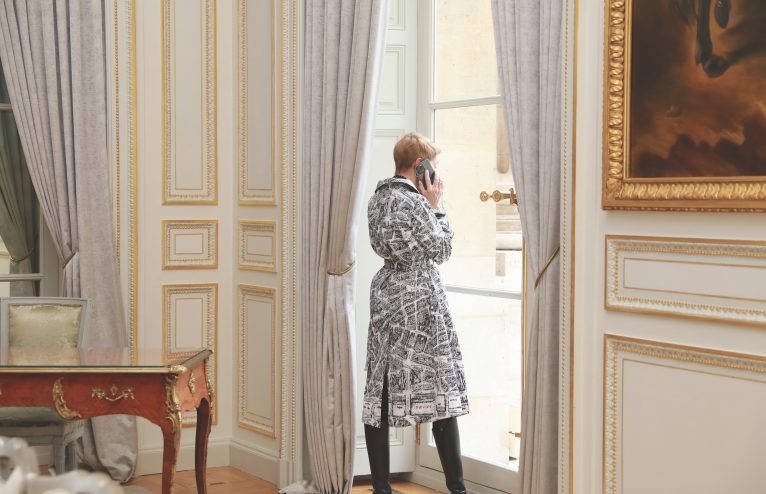


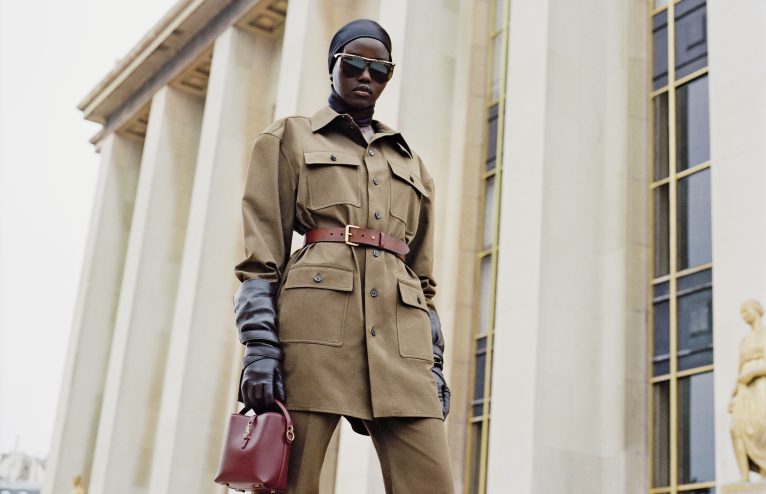
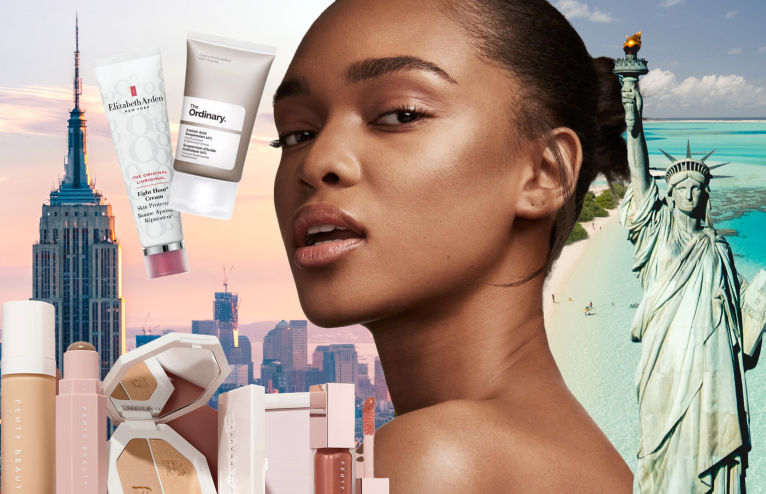



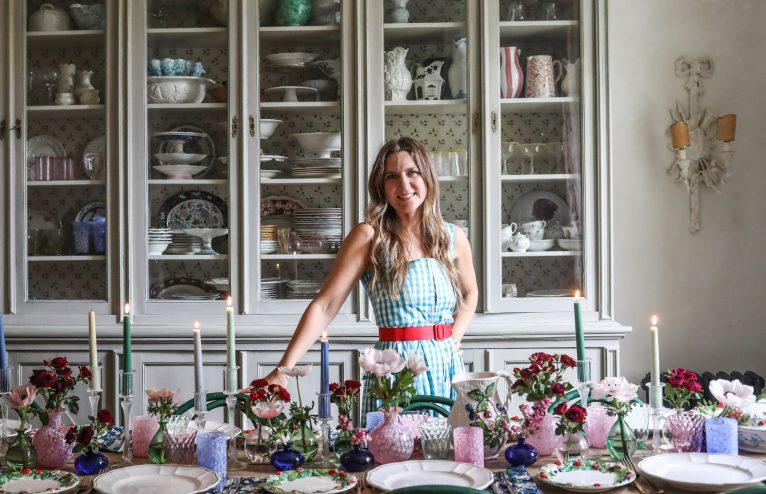
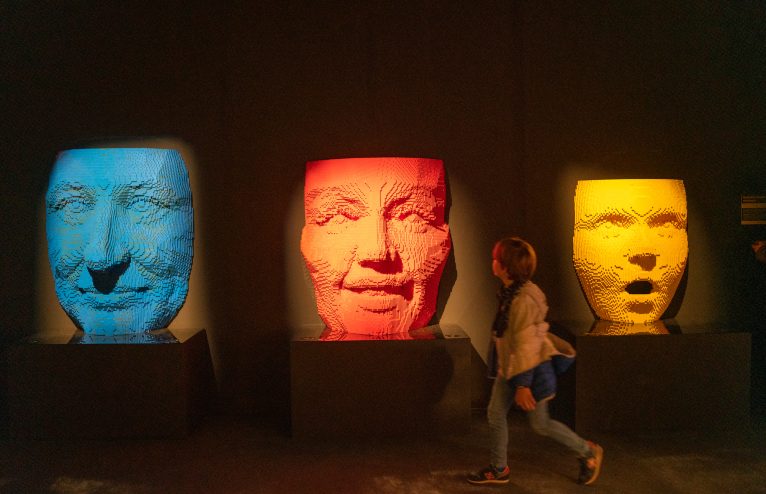





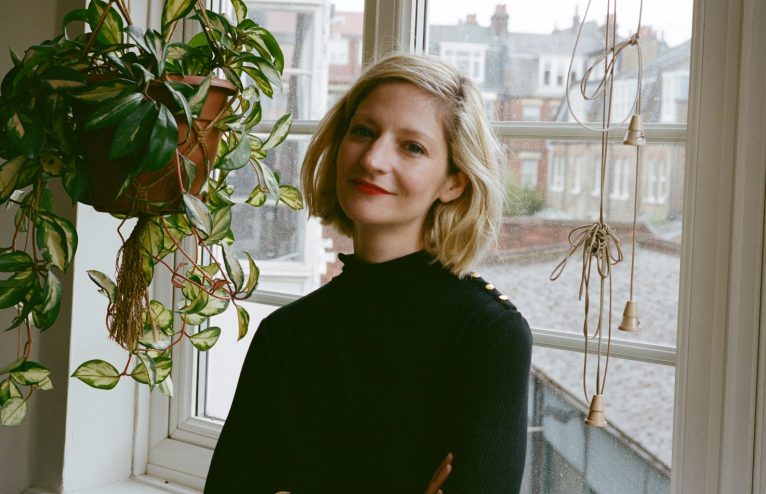




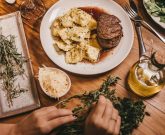
Any Questions or Tips to add?